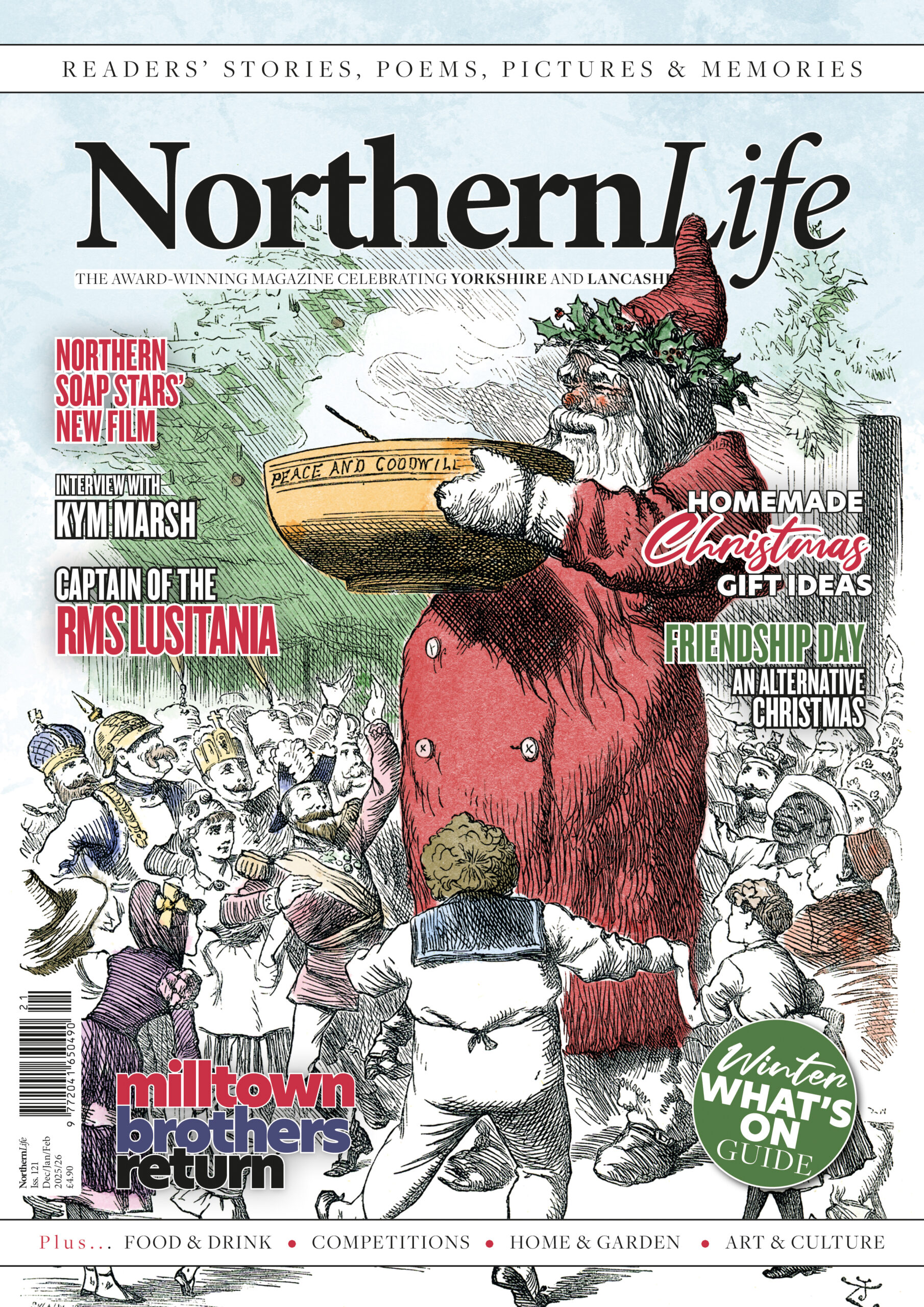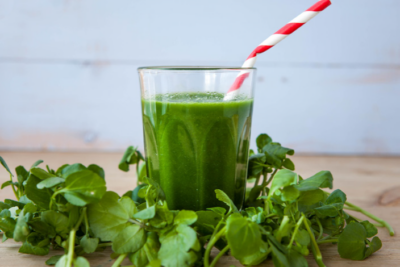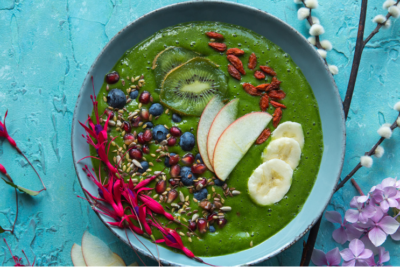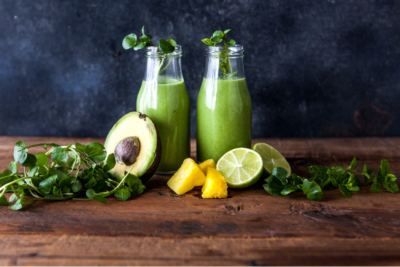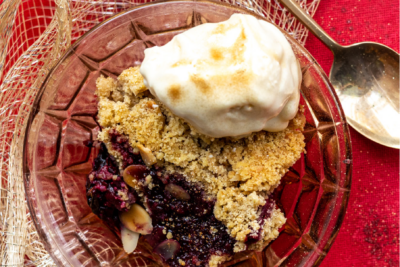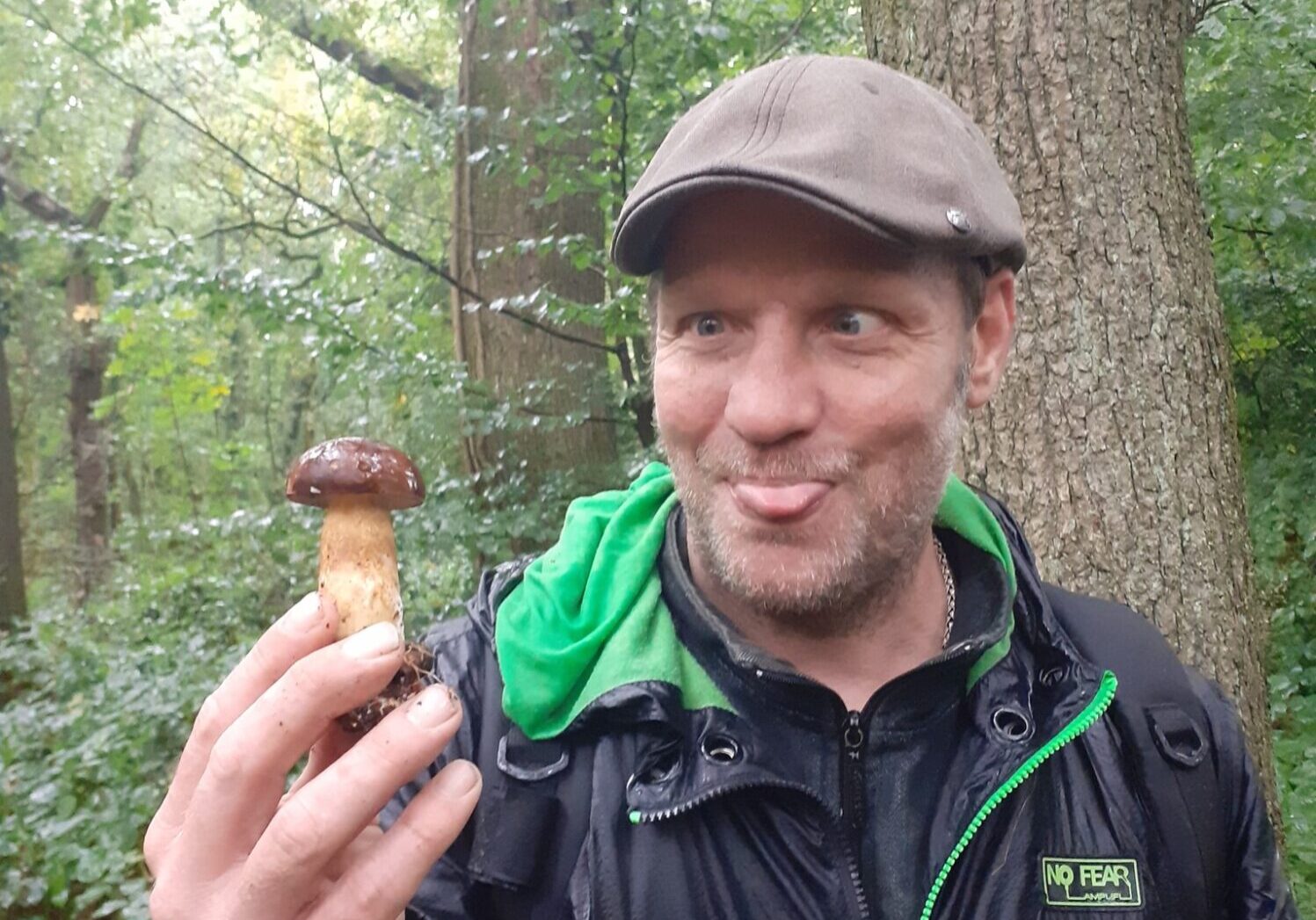
Autumn Means More Than Mushrooms
by Pete Compston
FORAGING FANATIC PETE COMPSTON EXPLORES THE BOUNTIFUL HARVEST THAT NATURE CAN PROVIDE IN AUTUMN
As autumn spreads its colourful palette across the north of the UK, the air turns crisp, the leaves transform into a tapestry of reds and golds, and the forest floor reveals autumn’s understated gifts. This is a time when the landscape invites us to slow down, breathe in the earthy scents of the season, and immerse ourselves in nature’s final, bountiful offering before winter’s arrival.
Writing this at the start of August, I can’t help but anticipate the mushroom season ahead—a time of endless learning, enlightenment and culinary delight. But even as I eagerly await the fungi, there’s always a wealth of plants to forage. Autumn is a season of abundance, offering fruits, seeds, and late-blooming herbs that can be transformed into nourishing food and remedies. I was getting in tune with the seasons and preparing ourselves for winter.
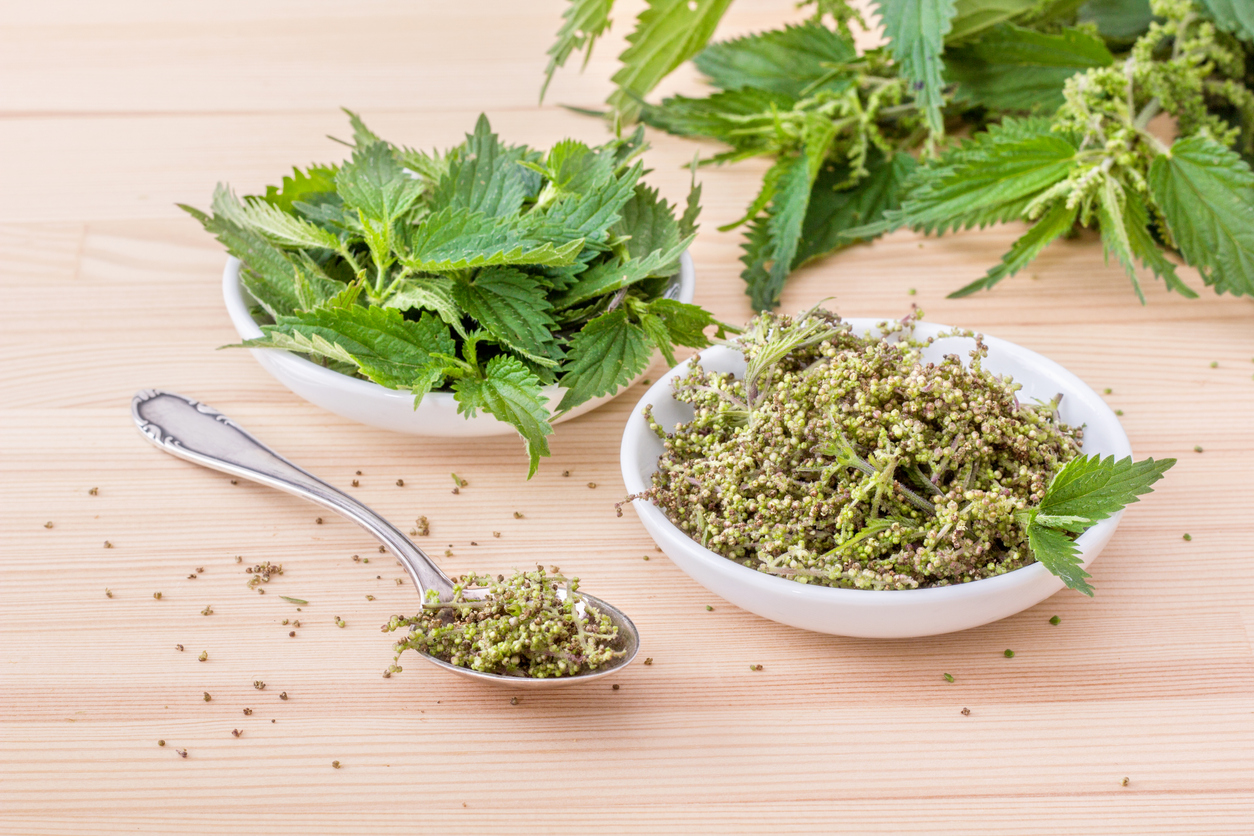
Although I’d love nothing more than to wax lyrical about mushrooms and mycology (a personal passion that deepens with every autumn), I encourage you to join us at Pendle Plant Craft for free gatherings where we adventure and explore Pendle. Together, we explore the plants, trees, and mushrooms we come across, sharing knowledge and learning the art of foraging safely. Everyone is welcome; find us on social media.
When foraging, remember to harvest responsibly and give back, to also preserve the plant’s natural habitat.
Safety, as always, is paramount. It’s not just about avoiding the dangers of misidentification, being absolutely sure of the identity and impact of the wild food before consumption —it’s about cultivating a deep respect for nature and the power of self-sufficiency. In a world where we often rely on others for our basic needs, there’s something incredibly liberating about knowing we can look after ourselves and each other should the need arise. Foraging isn’t just a skill; it’s a way of reclaiming our connection to the natural world and taking responsibility for our well-being. When foraging, remember to harvest responsibly and give back, as well as to preserve the plant’s natural habitat.
Let’s delve into some of the treasures you might find during an autumn forage, starting with one of my favourite wild mushrooms—the Shaggy Ink Cap (Coprinus comatus).
Shaggy Ink Caps
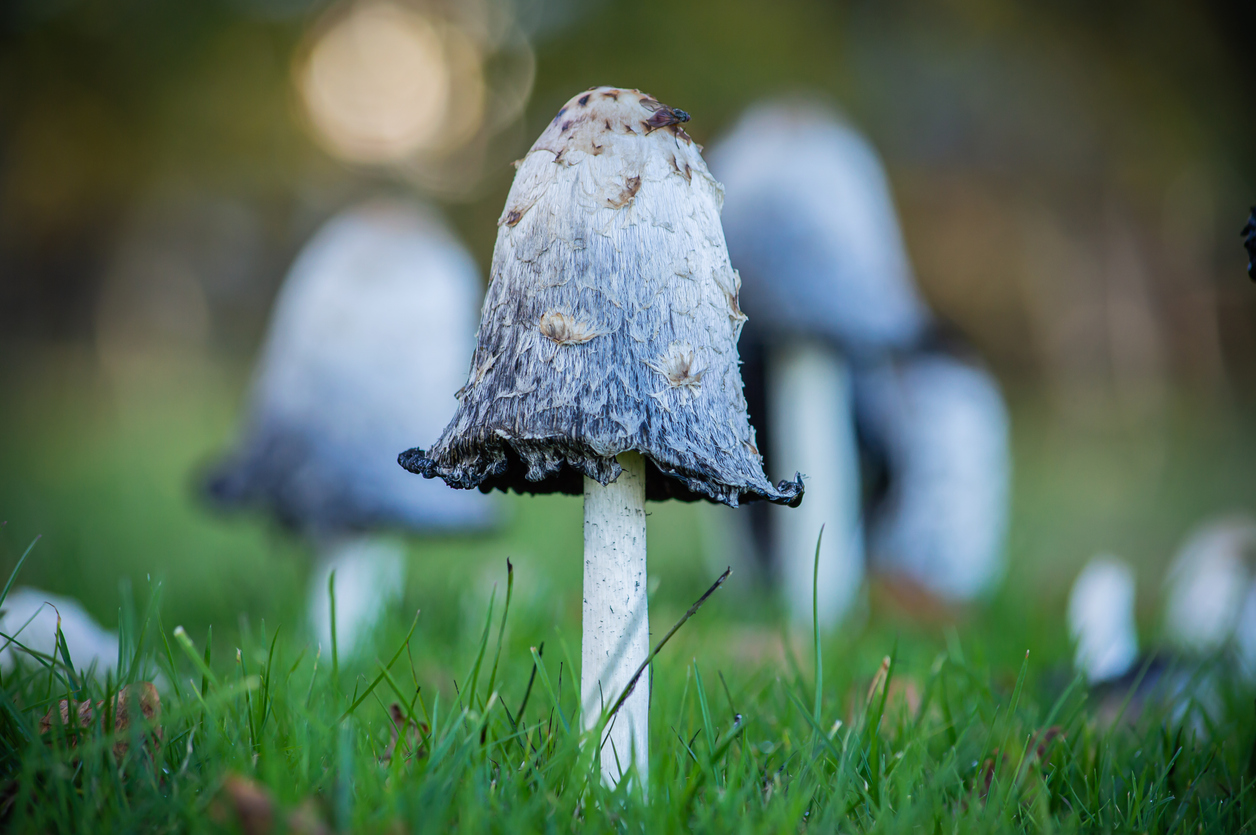
Also known as ‘Judge’s Wig’ due to their distinctive, shaggy appearance, these mushrooms are a remarkable find in the wild. They are easily recognised by their tall, cylindrical caps covered in scales that resemble the dishevelled hair of an old-fashioned wig, giving them a whimsical yet striking look. However, their edibility is fleeting; Shaggy Ink Caps have a brief window before they undergo deliquescence—a process where the mushroom transforms into an inky black liquid once used as writing ink. This rapid transformation, although visually captivating, means they must be enjoyed shortly after picking when their mild, earthy flavour is at its peak.
Shaggy Ink Caps are known for their potential to support liver health and detoxification processes…
Seek out mushrooms that are still all white; darker hues can indicate the start of deliquescence, rendering them inedible. Additionally, be cautious not to confuse them with the rarer Magpie Ink Cap, which, while similar in shape, features distinctive black and white colouration.
Beyond their culinary draw, Shaggy Ink Caps offer nutritional and medicinal benefits. Rich in dietary fibre, protein, and essential minerals like potassium and phosphorus, they provide a nutritious addition to your diet. They also contain antioxidants that support overall health and may help reduce inflammation. Additionally, Shaggy Ink Caps are known for their potential to support liver health and detoxification processes, making them not just a culinary delight but a functional food with real health benefits. Be sure to choose your harvesting spot wisely and leave more than you take, as these mushrooms have proven to hyper-accumulate many of the toxic metals from soil.
Nettle Seeds
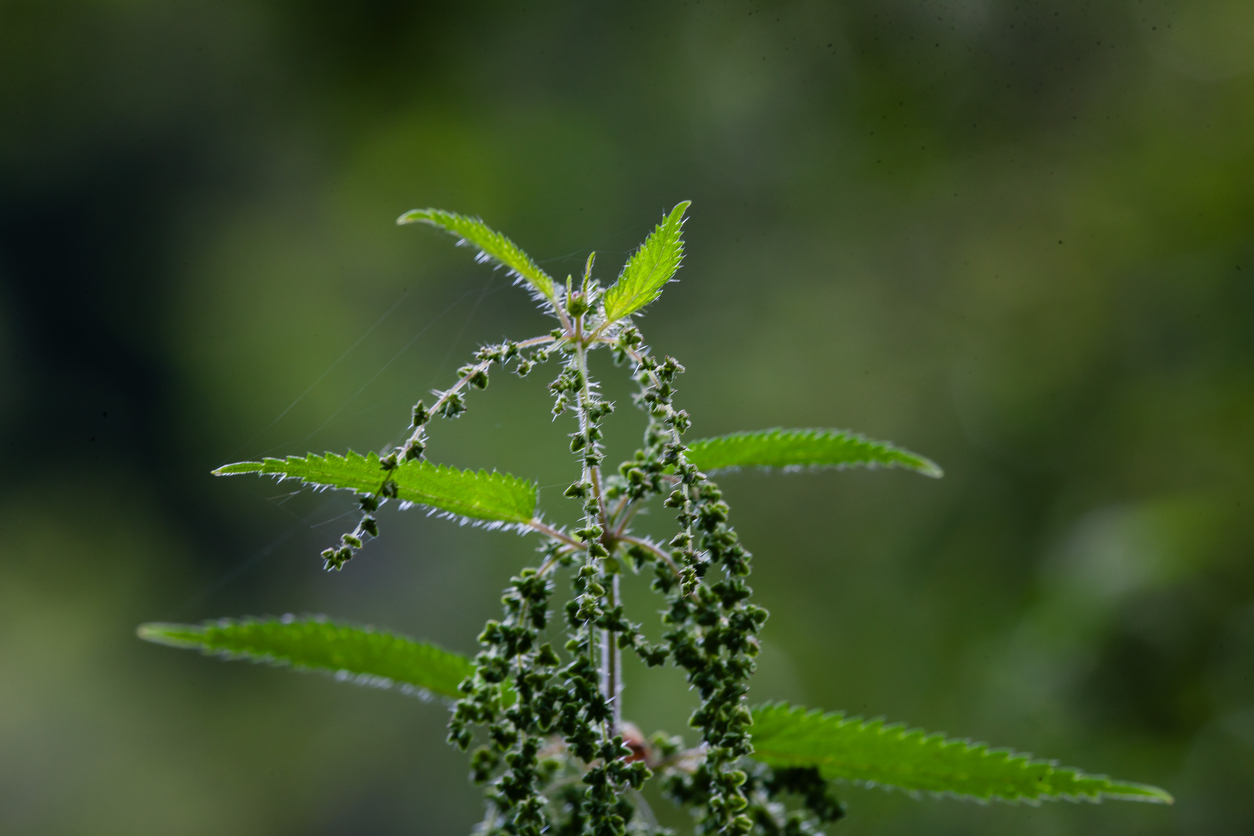
Nettle Seeds – Autumn Forage
(Urtica dioica) is a plant that many are familiar with, often for its sting rather than its nutritional benefits. However, nettle seeds are the true nutritional powerhouse of this plant, offering a concentrated source of omega-3 fatty acids, iron, and antioxidants. Harvested from the female plants, these tiny seeds can be dried and sprinkled over meals, blended into smoothies, or even eaten fresh for an immediate energy boost.

Traditionally, nettle seeds have been used to support adrenal function and enhance vitality, making them an ideal addition to your autumn diet as the days grow shorter and colder. They are rich in serotonin, the ‘happy chemical’ released by the brain, which, along with their dense nutrient content, contributes to their reputation for boosting energy and improving mood. Just a teaspoonful—about the same amount you’d use for coffee—can deliver a more sustainable energy boost than caffeine without the subsequent crash. However, it’s best to enjoy them in the morning as their energising effects might keep you up at night. Incredibly versatile, nettle seeds can be added to everything from cereals to Sunday roasts, enhancing both the nutritional profile and the flavour of your dishes.
Hawthorn Berries
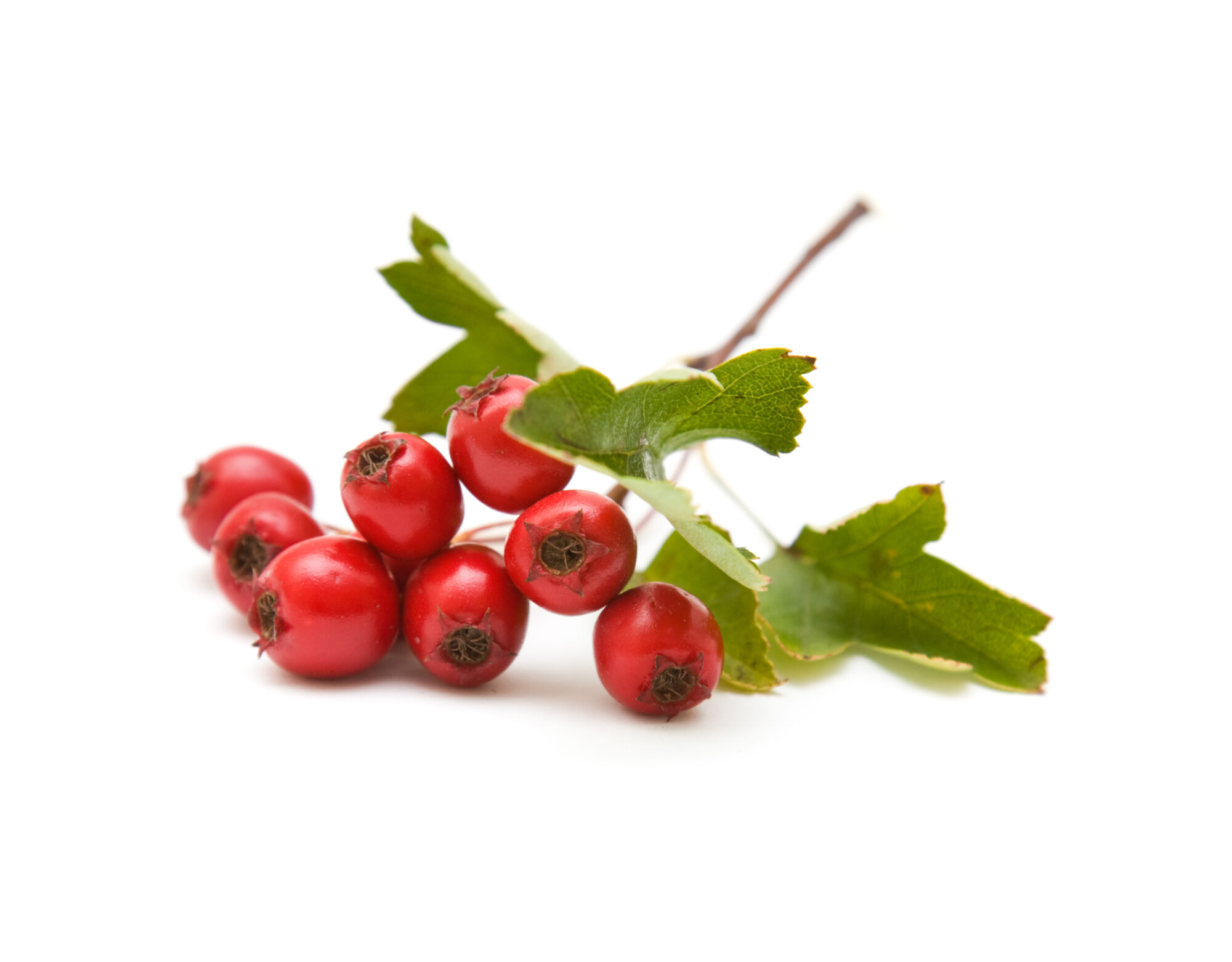
Hawthorn (Crataegus monogyna) is a plant steeped in folklore and history, often associated with protection and heart health. The berries, or haws, ripen in autumn and can be used to make a variety of culinary delights, from jellies to syrups. Hawthorn berries are particularly renowned for their cardiovascular benefits, which are traditionally used to support heart function and improve circulation. They have a tart, slightly sweet flavour that lends itself well to both sweet and savoury dishes.
Garlic Mustard/Jack by the Hedge
(Alliaria petiolata)
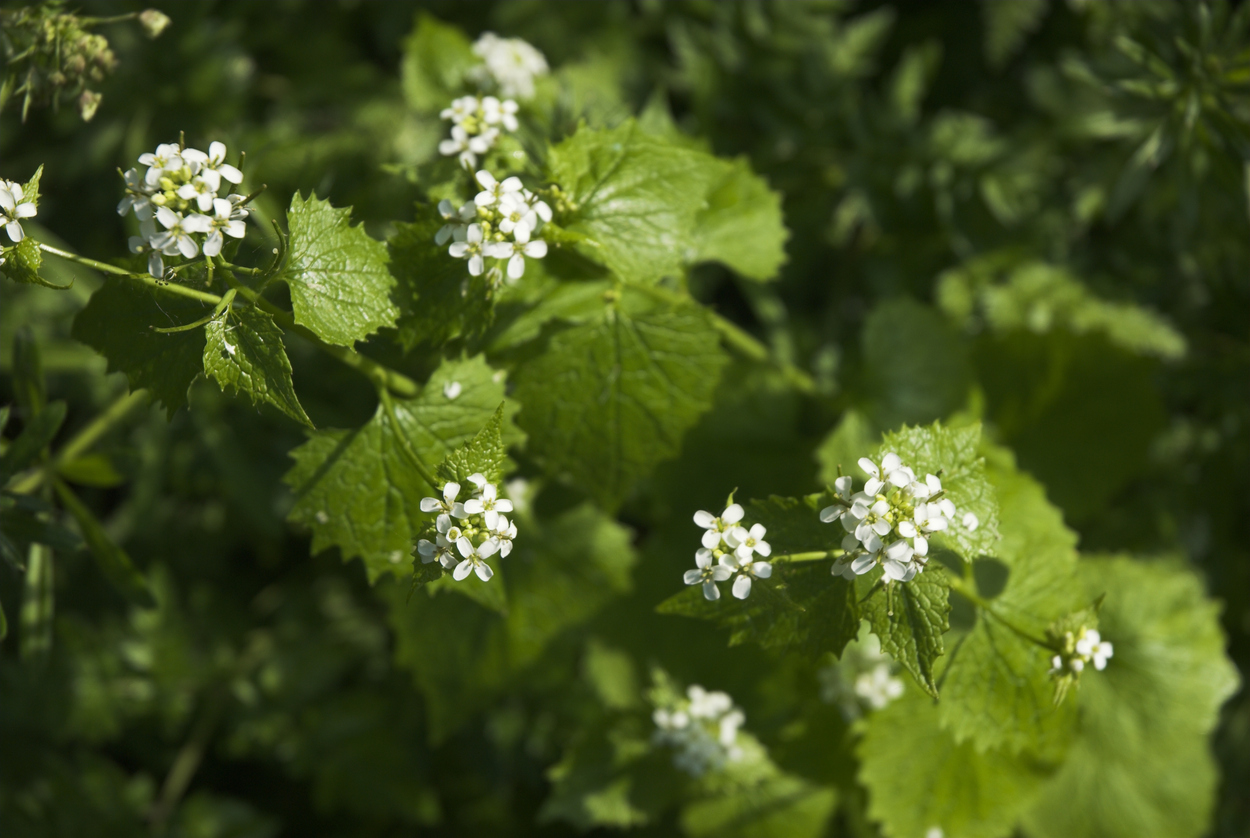
Garlic mustard – autumn forage
A wild herb known for its sharp, garlicky flavour, it is particularly distinctive in autumn. As the season progresses, its heart-shaped leaves become slightly tougher and more pungent, offering an even more intense and complex flavour compared to spring. This robust, peppery bite makes it a powerful alternative to cultivated brassicas like kale and broccoli, which often lack the same nutritional punch. Garlic Mustard outshines these supermarket greens with its higher levels of vitamin C, beta-carotene, calcium, and magnesium—critical nutrients for immune support, healthy skin, and strong bones.
Beyond its taste, Garlic Mustard’s nutritional and medicinal properties are impressive. It boasts anti-inflammatory and antimicrobial effects and is traditionally used to treat respiratory and digestive issues. Found in shaded woodland areas and hedgerows, this herb is a perfect example of how wild foods can pack more flavour and nutrients than their cultivated counterparts, making it a valuable addition to your autumn foraging finds.
Before I go into this issue’s recipe, I’d like to share a quick, easy snack that’s a firm favourite of mine—cheese and tomato flatbread with Hawthorn Ketchup and nettle seeds. Try it with any leftovers from the following recipe; I’m sure you won’t be disappointed.
Autumn Recipe: Wild Mushroom and Herb Pie with Hawthorn Ketchup

Celebrate the season’s abundance with a dish that marries the rich, earthy tones of wild mushrooms with the sharp, peppery flavour of garlic mustard, all elevated by the nutrient-dense punch of nettle seeds. This hearty pie, paired with tangy, homemade hawthorn ketchup, is the essence of cosy autumn gatherings. While I’d usually blend a variety of wild mushrooms, space allows me to highlight just one—Shaggy Ink Caps, a perfect introduction to the wild wonders that await. Join us at Pendle Plant Craft to discover more about the diverse mushrooms that can transform this pie into yet more of a culinary masterpiece.
Ingredients:
For the Pie Crust: Use your favourite pie crust recipe or a pre-made crust to save time
For the Pie Filling:
- 2 tbsp olive oil
- 1 onion, finely chopped
- 2 cloves garlic, minced
- 2 cups Shaggy Ink Caps, cleaned and sliced
- 1 cup garlic mustard leaves, chopped
- 4 eggs
- 1/2 cup cream or milk
- Salt and pepper to taste
- 2 tbsp nettle seeds
- 1/4 cup grated cheese (optional for a vegetarian option)
For the Hawthorn Ketchup:
- 1 cup hawthorn berries, rinsed and de-stemmed
- 1/2 cup apple cider vinegar
- 1/4 cup water
- 1/4 cup sugar
- 1/2 tsp salt
- 1/4 tsp ground cloves
- 1/4 tsp ground allspice
Instructions:
Filling:
- Preheat the oven to 375°F (190°C). Use your favourite pie crust recipe or a pre-made crust to line a tart pan. Blind bake according to the crust instructions.
- Heat the olive oil in a large skillet over medium heat. Add the onion and garlic, and sauté until softened.
- Add the Shaggy Ink Caps and cook until they release their moisture and start to brown.
- Stir in the chopped garlic mustard leaves and cook for another 2 minutes. Season with salt and pepper to taste. Remove from heat.
- In a mixing bowl, whisk together the eggs, cream or milk, and a pinch of salt and pepper.
- Spread the mushroom and garlic mustard mixture evenly over the cooled tart crust.
- Pour the egg mixture over the top. Sprinkle with nettle seeds and grated cheese (if using).
- Bake in the preheated oven for 25-30 minutes, until the filling is set and the top is golden brown. Allow the tart to cool slightly before slicing.
Hawthorn Ketchup:
- Combine the hawthorn berries, apple cider vinegar, water, sugar, salt, ground cloves, and ground allspice in a saucepan.
- Bring to a boil, then reduce heat and simmer for about 30 minutes until the berries are soft.
- Use an immersion blender or transfer to a blender to puree until smooth.
- Strain the mixture through a fine mesh sieve to remove the seeds and skins.
- Return the strained ketchup to the saucepan and simmer until thickened to your desired consistency. Allow to cool, then transfer to a jar and store in the refrigerator.
Serving:
- Slice the wild mushroom and herb tart and serve with a dollop of homemade hawthorn ketchup on the side.
- Garnish with a sprinkle of fresh nettle seeds for an extra touch.
Want to learn more about Pendle Plant Craft? Read more here.
NorthernLife Sep/Oct/Nov 24
